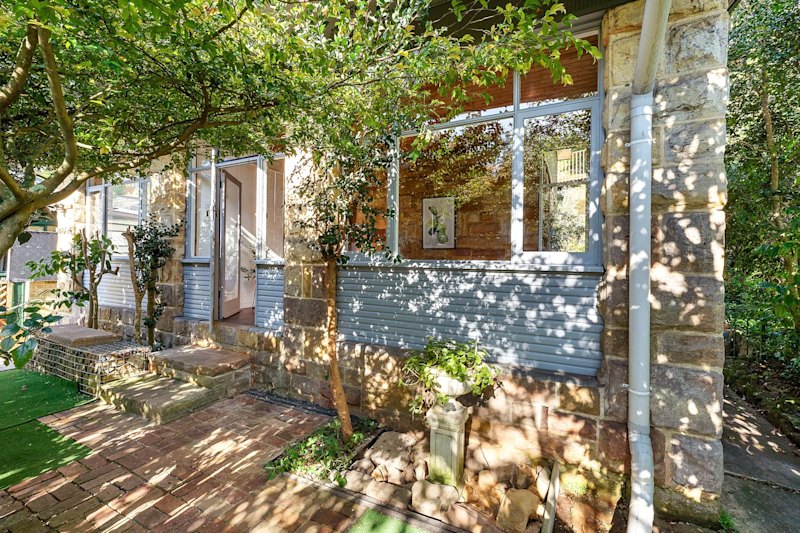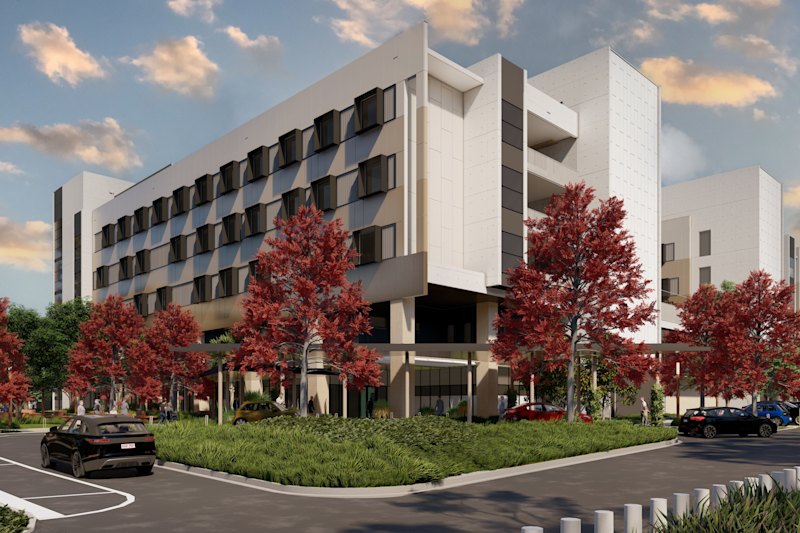Is Canberra an age-friendly city for downsizers?

Anna Howe has had a long involvement in housing for older people. She feels that current ACT housing policy seems to imply that only apartments and family homes are needed, overlooking the diverse needs of older people.
TT: Canberra is recognised as an age friendly city that meets criteria set out by the WHO. How age friendly is it?
AH: Not very when it comes to finding a house that suits you when you want to downsize but stay in the neighbourhood where you have lived for years. The concept of ”ageing in place” was pioneered by US gerontologist Stephen Golant in the early 1970s and meant being able to stay in the same neighbourhood that offered a diversity of housing. Canberra’s planning policies do little to foster such diversity in either established suburbs where the population is ageing, or in new developments. Instead of mixed age communities, we have a polarisation of large houses for families in spreading outer suburbs and large blocks of apartments for Millennials concentrated along Northbourne Avenue and in other town centres.
TT: But don’t older people want to stay in their own home for as long as possible?
AH: Yes they do, but own home does not mean the same house for ever. It certainly doesn’t mean the same large block with a large garden, increasing maintenance burdens and rising rates for space you don’t want. And while most older people may want to stay put, there is a sizeable minority who move or want to as part of late middle age life transitions. Australian research has found that about one in three of those aged over 60 had moved since turning 50. The main difficulty the movers faced was finding suitable housing, and probably as many again would move if they could find housing that suited them.
TT: So what kind of housing are downsizers looking for?
AH: The Australian Institute for Housing and Urban Research has found that downsizers want a single-storey house, a small, easy maintenance garden, good neighbours and continuing attachment to the area they have lived in.
The townhouses built in many parts of Canberra in the 1980s, some in groups as small as six, fit the bill, but they seem to be a thing of the past. Most new townhouses are two-storey and don’t provide the ”liveable” design features that the Age Friendly principles seek to promote: being able to live on the ground floor that has a bedroom and bathroom, and no steps at the entrances. It’s not just personal mobility that make stairs a problem; carrying the vacuum cleaner and armfuls of laundry up and down can be testing for the fittest of us.
Most who downsize do so by buying in the private market, but it is not easy. I monitored some 850 properties listed for sale on Allhomes in September 2016 and one third were four-bedroom houses, and only 6 per cent were single-storey, two or three-bedroom townhouses.
TT: Why aren’t retirement villages enough?
AH: Retirement villages offer a very good option for those who choose them, and more villages are being developed with a greater variety of villa units and apartments. But they are not widely spread across Canberra and so don’t enable people to age in their familiar neighbourhood. And while described as 55+ living, the average age of those who move into villages is mid-70s.
Tony Trobe is director of the local practice TT Architecture. Is there a planning or design issue in Canberra you’d like to discuss? Email tonytrobe@ttarchitecture.com.au.
We recommend
We thought you might like
States
Capital Cities
Capital Cities - Rentals
Popular Areas
Allhomes
More








